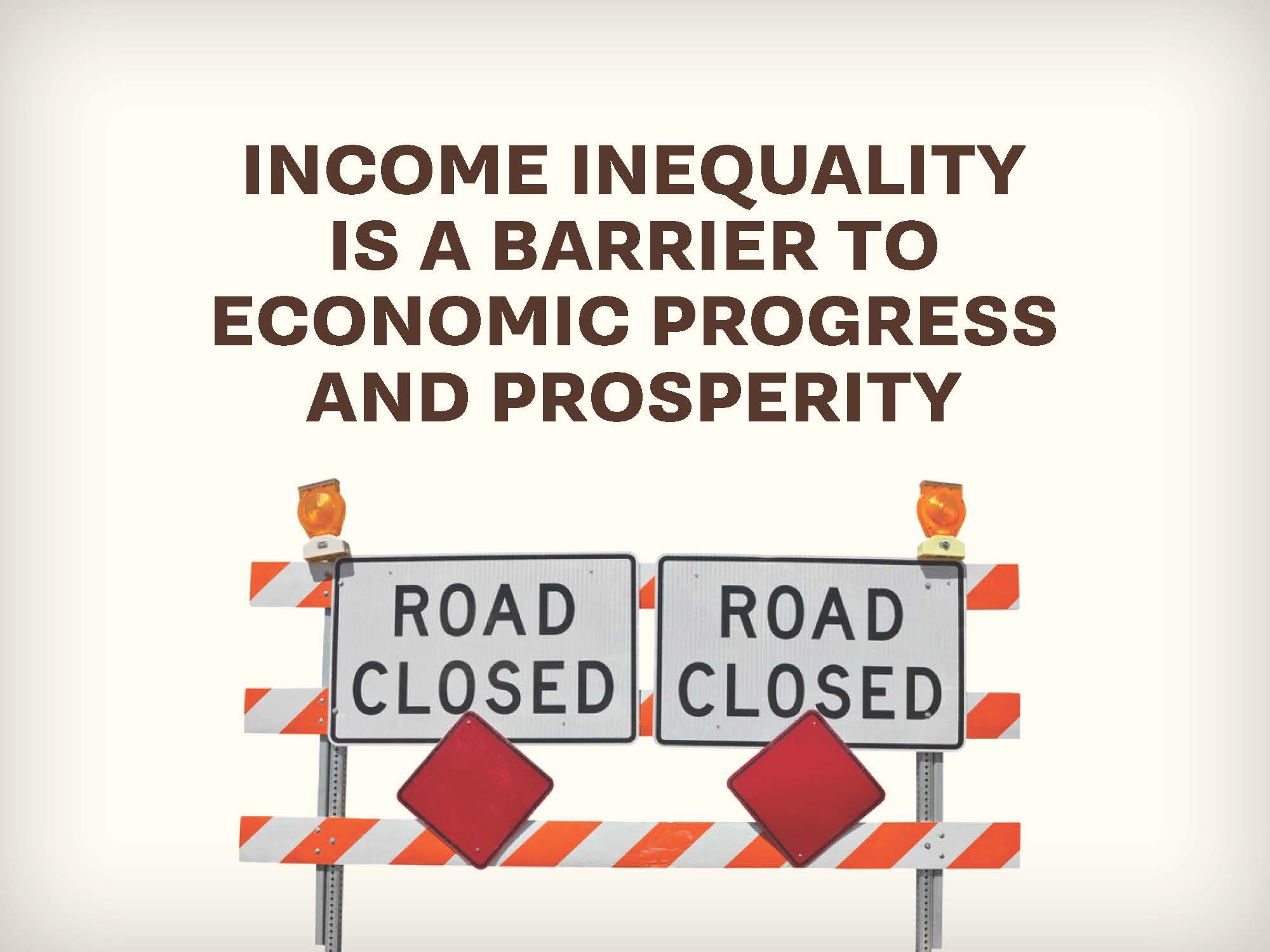FPI on New York’s 2013-14 State Budget
February 12, 2013. We have updated the Economic and Fiscal Outlook 2013-2014 briefing book that was originally released at FPI’s 23rd annual budget briefing on January 29, and submitted testimony by Carolyn Boldiston on the implications for Human Services of the Governor’s 2013-2014 Executive Budget and testimony by Frank Mauro on Tax Issues related to the Legislature’s consideration of the Executive Budget. We have also completed an analysis, with the New York Women's Foundation, of the impact of the Governor's budget on women, children and [...]






